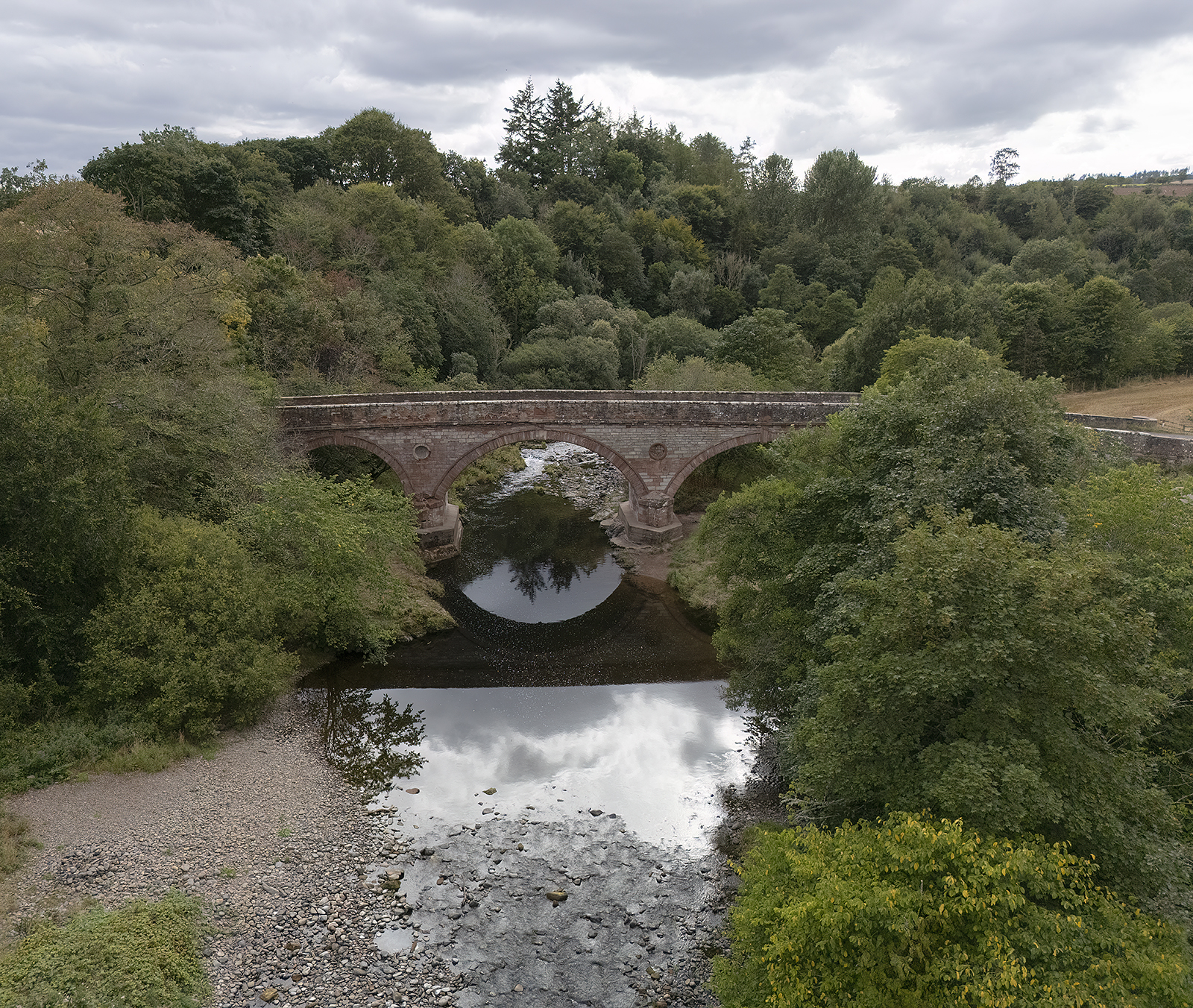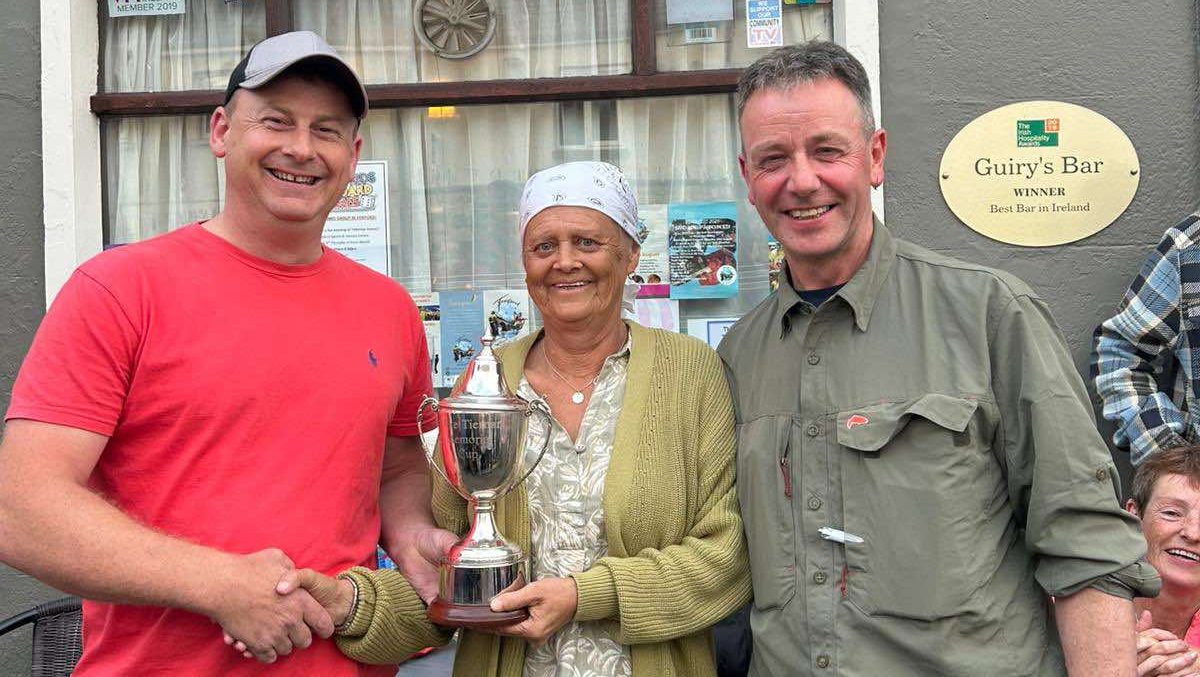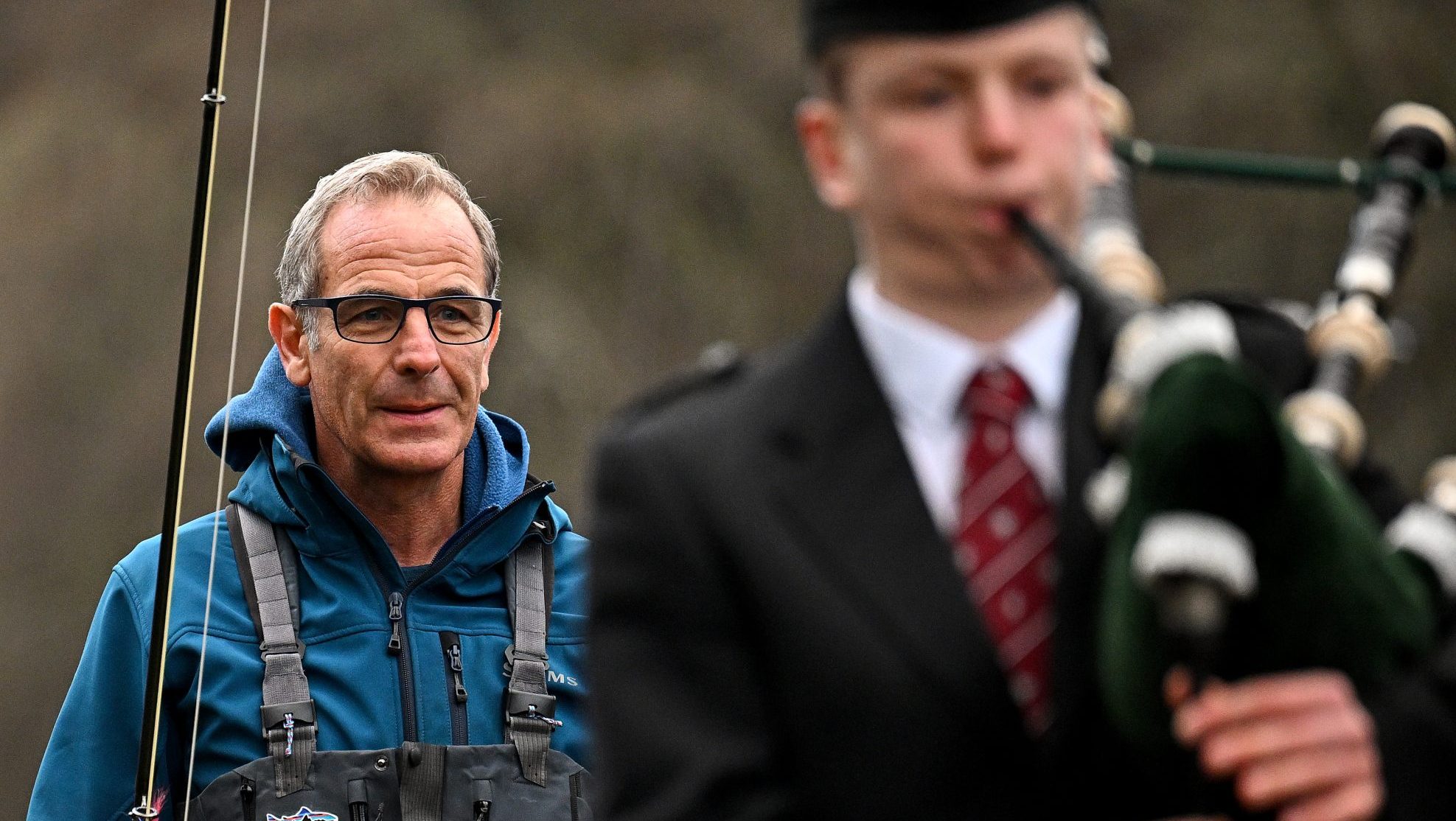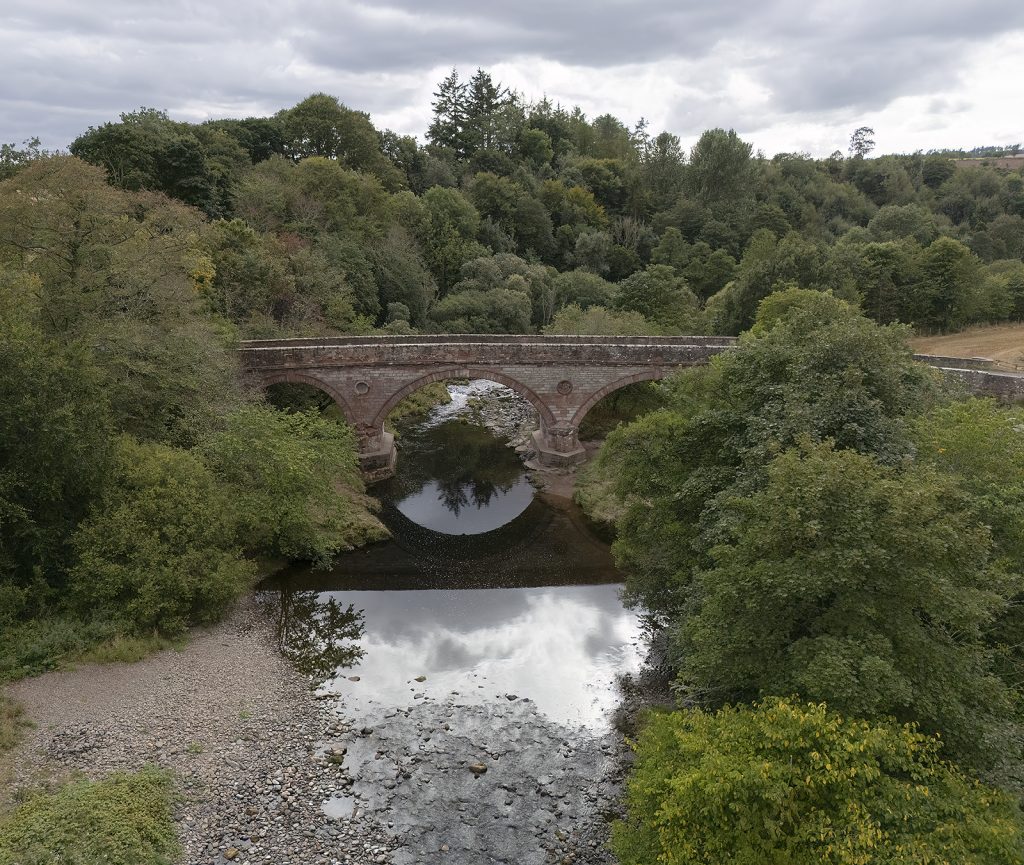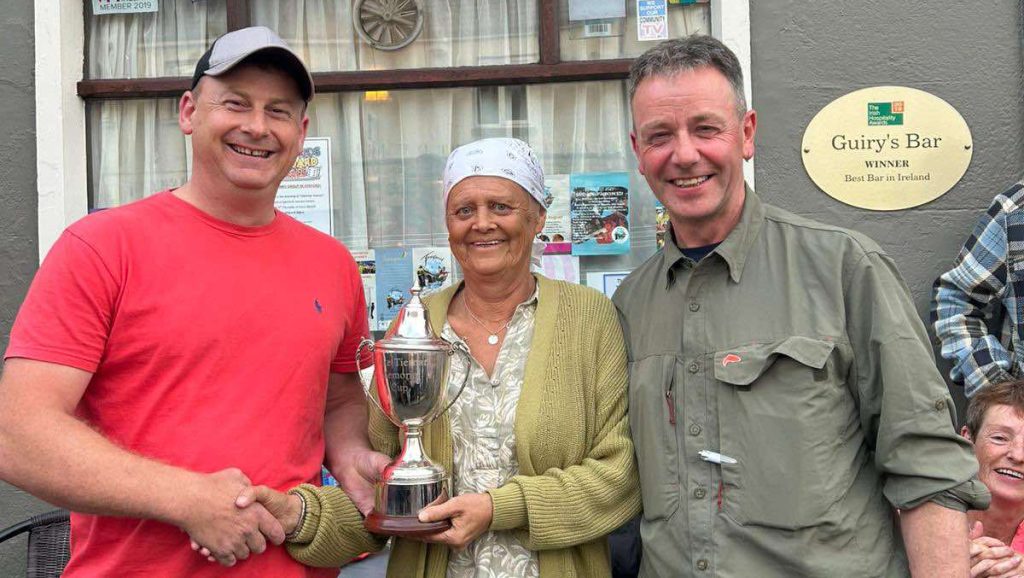Norwegian rivers close
Historically low salmon catches prompt mid-season fishing ban for some southern rivers
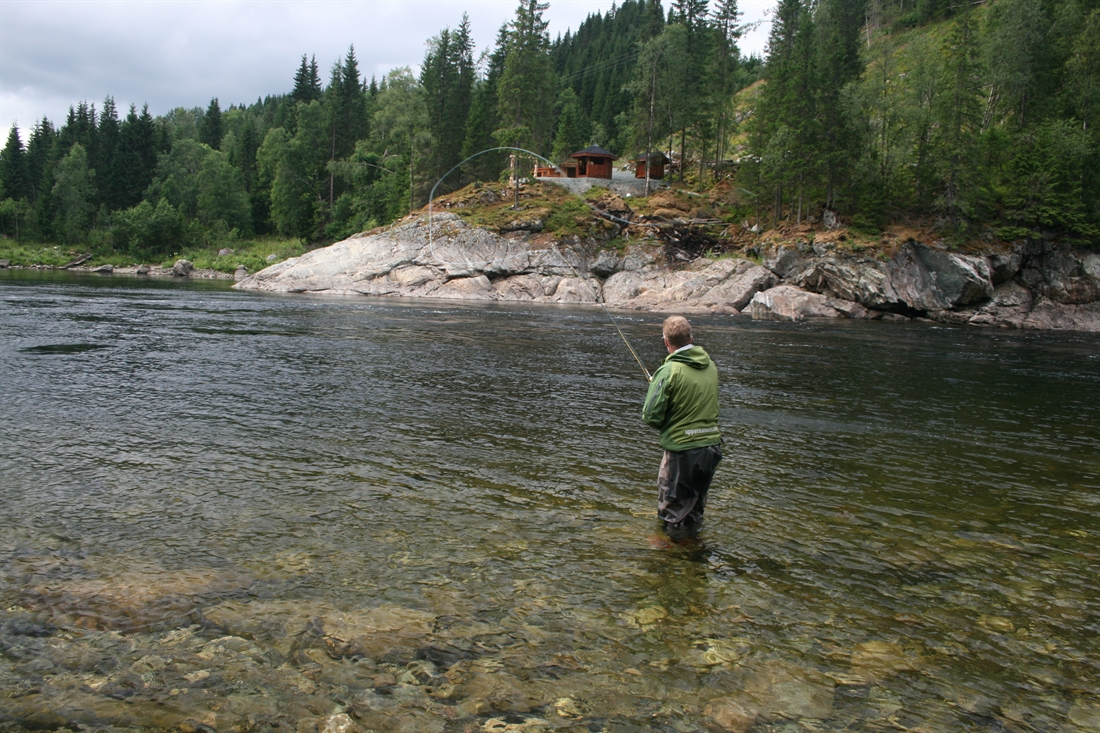
On June 23, historically low salmon counts led to the dramatic closure of 33 rivers for salmon and sea-trout fishing in southern Norway. Some 16 were reopened on July 9 but with restrictions on fishing time and the number of fish that can be killed.
Norwegian Environment Agency director Ellen Hambro, said, “It is with a heavy heart that we stop salmon fishing,” adding that, “It is our responsibility to ensure enough spawning fish enter the rivers so there will be enough young salmon next year to carry the stock forward. It is crucial not to risk a long-term failure.”
The agency acknowledged that the biggest threats to wild salmon are aquaculture and climate change, and revealed that this season fewer big salmon have been caught.
Famous rivers that closed included the Gaula, Namsen and Orkla, historically popular with British and Irish fishermen. The agency’s ban was supported by fishery managers, angling groups and the well-known English TV presenter Matt Hayes, who runs Winsnes Lodge on the Gaula. However, Mr Hayes told T&S that blame for the crisis should also be levelled at decisions taken by fishery boards. He said on the Gaula, these have led to “carnage”.
Mr Hayes explained that there had been a limit on the size of fish that could be taken, but the board removed it at the start of the season despite being warned winter spawning had been poor. The unlimited fishing attracted an influx of anglers wishing to kill fish, which turned “a poor year into a disaster”.
He hopes the closures will change how Norwegians view salmon. “Landowners run their fisheries as a business,” he said. “But they’ve set up a poundshop and run a closing-down sale. Local people don’t realise what they’ve got. Norway is very anti catch-and-release, but they need to see salmon as a national treasure.”
Further assessments of salmon stocks are planned, including of northerly rivers where migrating fish arrive later in the season.

